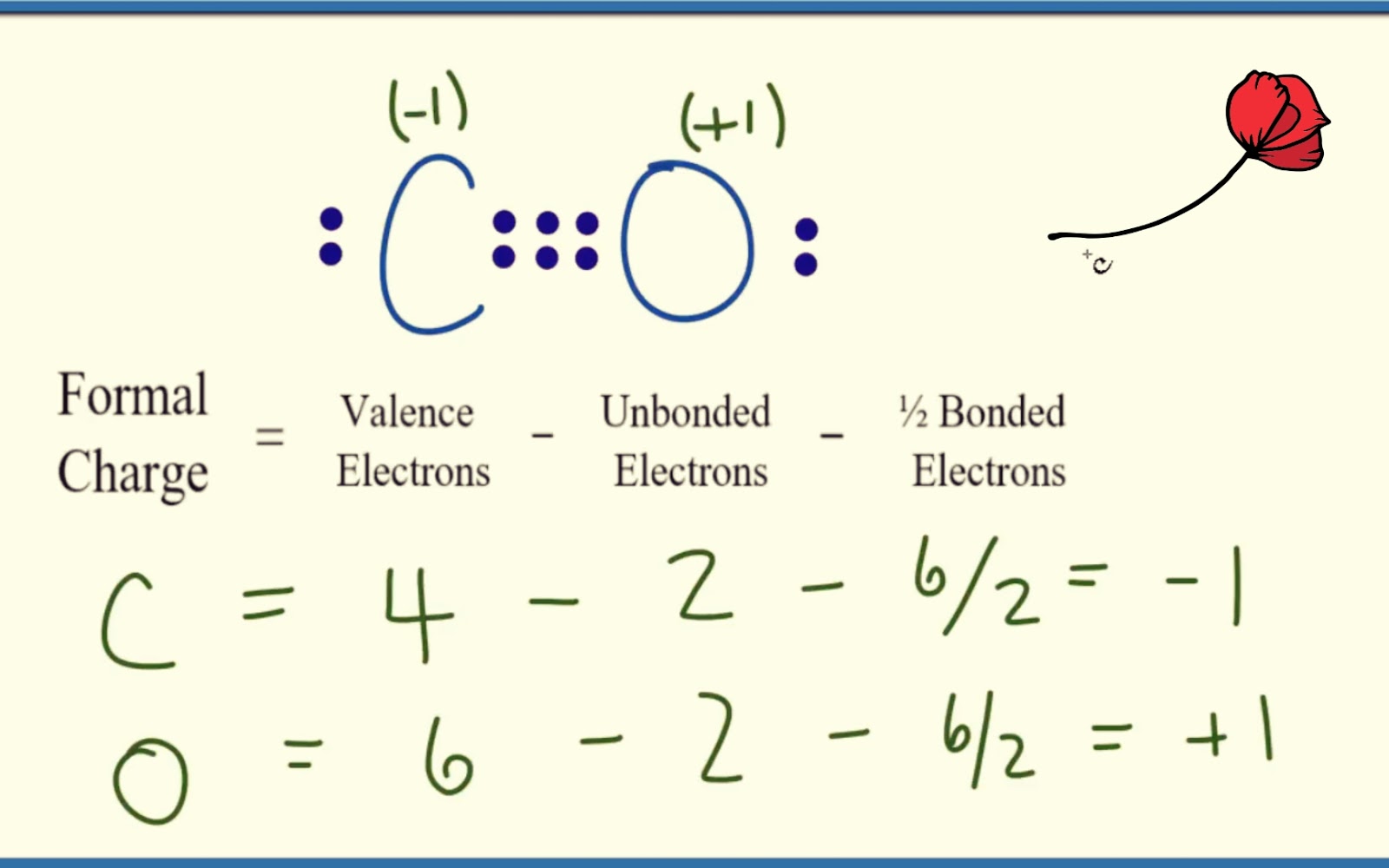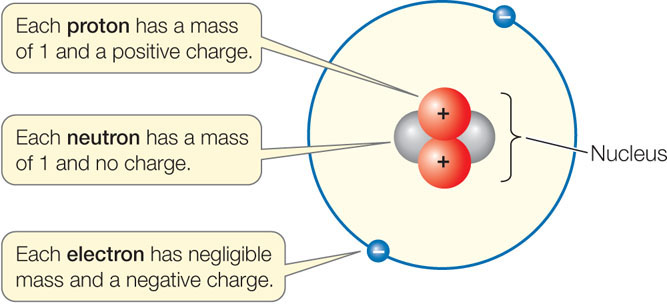

Simplified scheme of Millikan's oil drop experiment Oil drop experiment apparatus

( December 2010) ( Learn how and when to remove this template message) Unsourced material may be challenged and removed. Please help improve this article by adding citations to reliable sources in this section. This section needs additional citations for verification. As of 2015, no evidence for fractional charge particles has been found after measuring over 100 million drops. In the last two decades, several computer-automated experiments have been conducted to search for isolated fractionally charged particles. This experiment has since been repeated by generations of physics students, although it is rather expensive and difficult to conduct properly. Thomas Edison, who had previously thought of charge as a continuous variable, became convinced after working with Millikan and Fletcher's apparatus. In 1923, Millikan won the Nobel Prize in physics, in part because of this experiment. The elementary charge e is one of the fundamental physical constants and thus the accuracy of the value is of great importance. Most of what was then known about electricity and magnetism, however, could be explained on the basis that charge is a continuous variable in much the same way that many of the properties of light can be explained by treating it as a continuous wave rather than as a stream of photons. Similar results had been found by George FitzGerald and Walter Kaufmann. Thomson had discovered negatively charged " corpuscles", as he called them, with a mass about 1/1837 times smaller than that of a hydrogen atom. Experimenting with cathode rays in 1897, J. At the time of Millikan and Fletcher's oil drop experiments, the existence of subatomic particles was not universally accepted. With the electrical field calculated, they could measure the droplet's charge, the charge on a single electron being ( −1.592 ×10 −19 C). Millikan and Fletcher's experiment involved measuring the force on oil droplets in a glass chamber sandwiched between two electrodes, one above and one below. In return, Millikan used his influence in support of Fletcher's career at Bell Labs. This remains controversial since papers found after Fletcher's death describe events in which Millikan coerced Fletcher into relinquishing authorship as a condition for receiving his PhD. Lee", and after improving his setup, published his seminal study in 1913. Starting in 1908, while a professor at the University of Chicago, Millikan, with the significant input of Fletcher, the "able assistance of Mr. They proposed that this was the magnitude of the negative charge of a single electron.īackground Robert A. By repeating the experiment for many droplets, they confirmed that the charges were all small integer multiples of a certain base value, which was found to be 1.5924(17) ×10 −19 C, about 0.6% difference from the currently accepted value of 1.602 176 634 ×10 −19 C.

Using the known electric field, Millikan and Fletcher could determine the charge on the oil droplet. Next, a voltage inducing an electric field was applied between the plates and adjusted until the drops were suspended in mechanical equilibrium, indicating that the electrical force and the gravitational force were in balance. As both forces depend on the radius in different ways, the radius of the droplet, and therefore the mass and gravitational force, could be determined (using the known density of the oil). At terminal velocity, the drag force equals the gravitational force.

First, with zero applied electric field, the velocity of a falling droplet was measured. A mist of atomized oil drops was introduced through a small hole in the top plate and was ionized by an x-ray, making them negatively charged. The plates were oriented horizontally, with one plate above the other. The experiment entailed observing tiny electrically charged droplets of oil located between two parallel metal surfaces, forming the plates of a capacitor. Millikan received the Nobel Prize in Physics in 1923. The experiment took place in the Ryerson Physical Laboratory at the University of Chicago. Millikan and Harvey Fletcher in 1909 to measure the elementary electric charge (the charge of the electron). The oil drop experiment was performed by Robert A. Millikan's setup for the oil drop experiment Not to be confused with Pitch drop experiment.


 0 kommentar(er)
0 kommentar(er)
